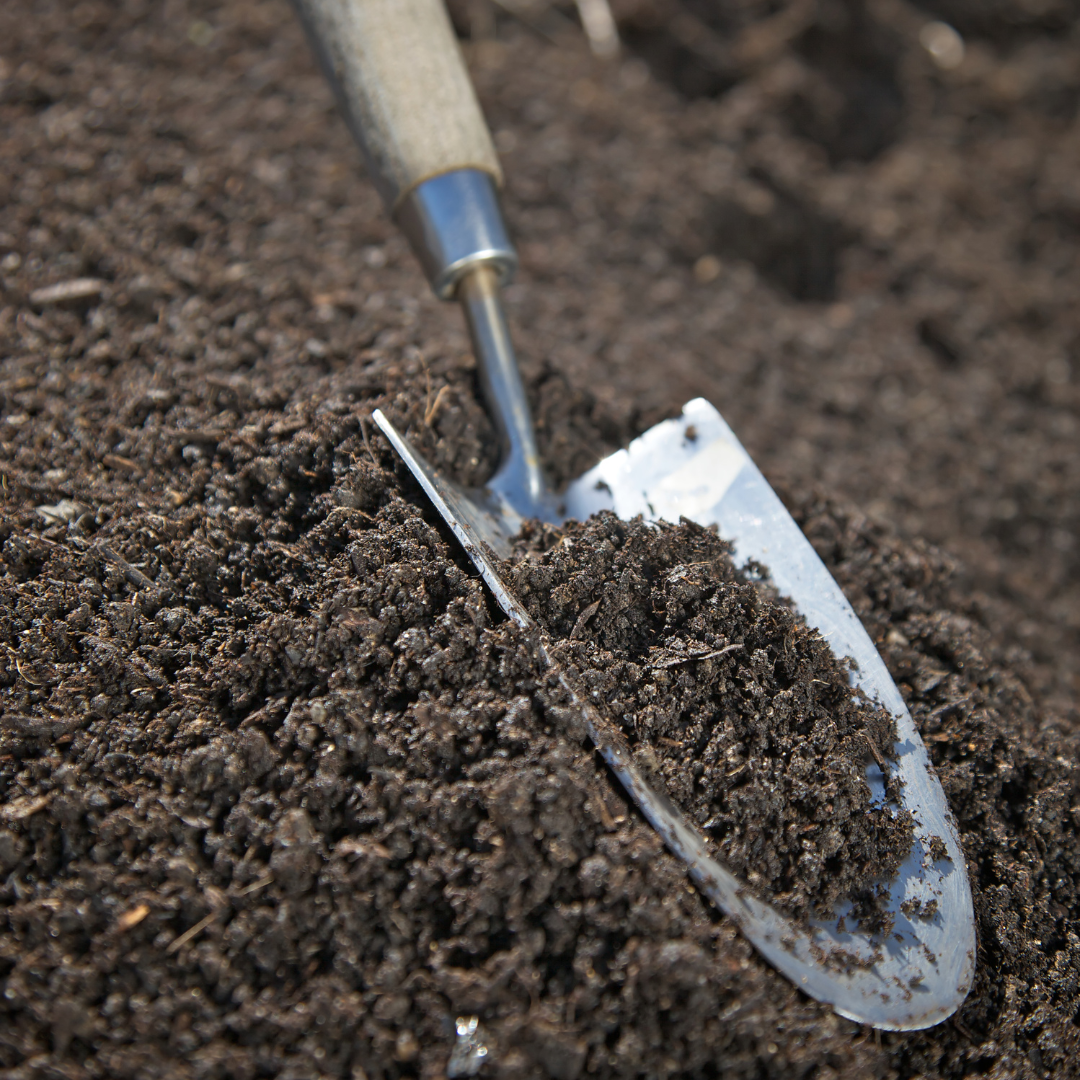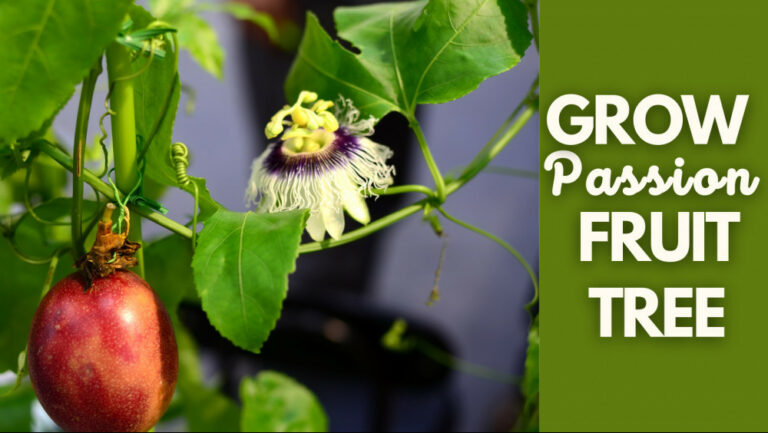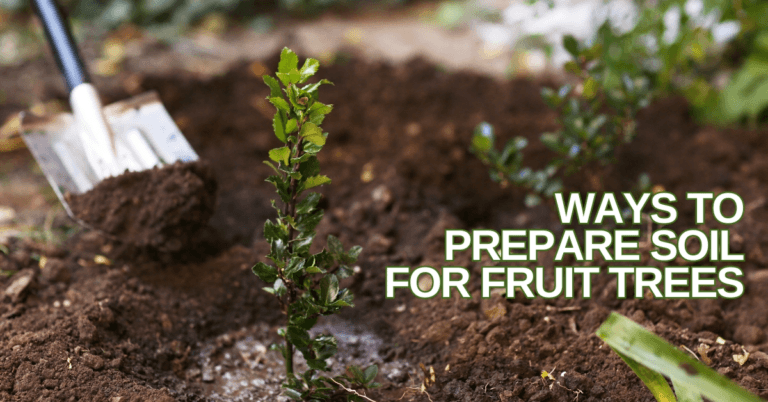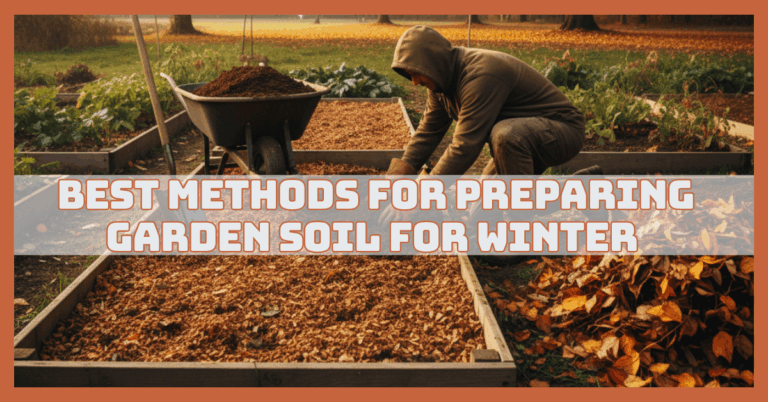Essential Gardening Tools And DIY Storage Ideas
Essential Gardening Tools And DIY Storage Ideas
Knowing where to start cannot be easy when you're new to gardening. Even the most experienced gardeners need the right tools. Our list of essential gardening tools will set you on the path to a beautiful garden.
It's always worth thinking about creative ways to organize your space – a well-organized setup will not only make your life easier, but it will also make everything look better.
However, if you're looking for clever systems to store your spade, fork, and other backyard tools, you might want to look further.
Furthermore, a large garden structure may be out of the question if you're working with a small plot.
Luckily, there are so many options to consider. I hope these garden gardening tools list and storage ideas will benefit you.
22 Essential Gardening Tools
Here, I’ve added some of the most important gardening tools you should always keep while gardening. I am using a basket with a handle for the shorter hand tools.

1. Hand Trowel
A hand trowel is a handy tool for planting, transplanting, and potting. Look for one with a strong connection between the blade and the handle and a comfortable grip on the handle to reduce hand fatigue and provide optimal control.
2. Hoe
A garden hoe is necessary for cultivating soil, edging your lawn, and a variety of other gardening tasks.
This versatile garden tool comes in various styles, but a standard Dutch or Draw hoe will suffice for most gardeners. It will come in handy when preparing beds for planting and weeding.
3. Secateurs
A garden secateur, a pruning shear, pruner, or clipper, is a handy hand tool. Trimming and shaping plants and shrubs and removing dead growth will be required.
A good pair of secateurs will last a long time, stay sharper for longer, handle thicker branches, and be more comfortable, so investing in a good pair is worthwhile.
4. Auger
You'll need a drill if you plant shrubs or trees or need a hole dug for a fence post. These devices drill into the ground rather than relying on the user to force them into it.
The result is a hole that has been cleaned and is ready for planting.
5. Gloves
Thorns and splinters are as painful as avoidable with a good pair of gardening gloves. Gardening tasks can be extremely taxing on your hands, leaving them sore and irritated.
Fortunately, a wide variety of gloves provide better protection and comfort than ever before. I use different types of garden gloves, depending on their use.
6. Spade
A long handle and narrow, flat head characterize a spade. Without one, no gardening tool kit is complete!
You'll need it for digging, edging beds and lawns, transplanting, dividing shrubs, trenching, and other tasks.
7. Post Hole Pincer
These digging tools are two shovels connected at the top by a hinge. The user can easily open and close the shovels by operating the handles connected to the hinge.
They're great for quickly digging holes for bulbs or making fence post holes. They are unsuitable for densely packed soil and perform much better in loose soil.
8. Fork
A garden fork is a multi-purpose piece of equipment that is one of the most hardworking tools in any gardener's arsenal.
It can aerate lawns, break up compacted soil, create holes for seeds, mix in soil treatment, remove stones and weeds, and soften the tough ground. Its sharp and robust tines can penetrate difficult terrain faster than a spade.
9. Pick
These tools are ideal for digging trenches in your garden to allow water to flow where you want it to.
It has a pointed edge that is ideal for breaking through tough or rocky garden areas. The chiselled end of the pick can easily cut through roots encountered while planting.
10. Shovel
Most garden tasks necessitate using a shovel, particularly those involving digging and removing or adding loose gardening materials such as compost, fertilizer, mulch, soil, etc.
A high-quality shovel will be useful when scooping weeds, spreading mulch, digging a deep hole, or filling a bed with compost.
11. Wheel Edger
This type of edger works by being pushed along the lawn's edge that you want to trim. The blade on most of these edgers turns as you move the tool, and it works to carefully cut off the grass and keep it from growing out of the lawn.
They are ideal for use along paths or garden beds, but they take much longer to complete the task than other edgers because they are operated manually.
12. Saw
Shrubs and trees will require shaping and pruning occasionally, not to mention dealing with woody weeds like briars.
When secateurs just won't cut it, a bow saw will get you through most of the heavier cutting tasks in the garden. We are using a chainsaw to cut down larger-sized trees.
13. Cultivator
Consider a cultivator to be a hand-held bow rake. You'll use this tool to loosen soil alongside a trowel when planting annuals or for minor cleanup in difficult-to-reach areas.
14. Wheelbarrow
A wheelbarrow makes moving heavy and awkward gardening materials around your garden much easier.
Fill your wheelbarrow with everything, including your tools, and easily transport it around as you work.
15. Garden Rake
Remove stones, rocks, and clogs with a rake before planting. It is also used to level and smooth the soil surface and collect debris like leaves and weeds. You may want to add a few rakes to your collection to meet various needs.
For example, a lightweight, fan-shaped rake is ideal for sweeping up leaves over large areas, whereas a heavier-duty bow rake is best for dealing with stony ground.
16. Leaf Rake
Collecting your leaves and lawn debris into a pile is critical, and having a tool to assist with this process is especially important in the fall. Rakes are required for this. Several rakes are available, each best suited to a specific job.
Leaf rakes are made of plastic and give some, making them ideal for raking up large piles of leaves and pine needles and even cutting grass. The bow rake has shorter, more robust tines and is another helpful rake for lawn care.
17. Mulcher
A mulcher is required if you want to suck up leaves and twigs in your yard and mulch them right away. These are extremely powerful and come with a bag that collects the mulch you create.
18. Hand Pruners
Loppers are long-handled bypass pruners. Their long handles allow you to reach high places and provide enough leverage to cut through thick branches in a single squeeze.
19. Snips
While pruners and loppers are used for heavy-duty cutting, snips are used for finer details. These tiny blades are better than regular scissors for deadheading, cutting flowers, and snipping herbs in the kitchen because they provide more control.
20. Watering Can
When nearly everyone has a garden hose or two, do you need a watering can on your garden tools list?
We agree. Moving to a large house can be inconvenient at times. Watering cans are beneficial when planting new annuals or seedlings and are required when using rain barrels to save water.
21. Weeder
Unfortunately, there are no weed-pulling garden tools on this list. However, some make the task much more accessible.
Good weeders cut through roots and aerate the soil while putting less strain on your hand and wrist.
22. Hand Seeder
Starting plants in individual pots does not have to be complicated. Using a hand seeder instead of pinching and holding onto individual seeds simplifies the process.
These tools have a compartment for the seeds and a long shaft through which the seeds slide.
This narrows so you can control how quickly they fall out of the seeder and into the pot.
A vibrating hand seeder is a feature that you can purchase to make the process even easier, as the tool quickly vibrates to shake out individual seeds without any problems.
15 Gardening Tools Diy Storage Ideas
1. Hang Them Above Your Potting Bench
A potting bench, however simple, is an excellent addition to any backyard. If tucked into a garage, porch, or shed, it will provide a sturdy solid surface to work on whether you're taking cuttings, planting or sorting seeds. It can also be used to generate garden storage ideas.
Shelves under a bench are ideal for storing smaller tools like secateurs or hand trowels, while crates placed beneath can keep bags of compost from spilling.
Meanwhile, mounting more extensive tools above the bench will keep everything together. Simple wooden hooks secured high up are required, while nails attached to the wall can be used to support soil sieves.
2. Use Scrap Wood
Isn't scrap wood resting around the garage or attic taking up space? It's ideal for making a shelf and converting some vertical space into storage.
(This storage idea is so useful that purchasing new building supplies to organize your cluttered garage may be worth purchasing.)
This is useful for heavier equipment, such as lawnmowers or snow blowers. You may not need the tool until next season, but it will be ready when you need it.
3. Use An Old Mailbox As A Tool Shed
Many gardeners adore their gardening tools; when they are well-maintained, they are durable, perform well, save time, and are simple to use. Make the most of your creativity by repurposing an old mailbox in your home.
4. Use A Fence To Build A Rack
Rakes and shovels are best kept safe, secure, and off the ground, where they can be easily tripped over and injured. These slim racks take up little space and can hold many tools.
Even if you don't have a garage, shed, or other structure, a handy tool rack on a fence or the back of the house can be helpful.
5. Make A Tool Bucket
Most people have old paint cans or large buckets from plaster or other household products that can be used to store tools.
Those handy 5-gallon buckets even have a built-in lid, which helps protect outdoor tools from weather elements that could cause them to rust or leave them wet.
6. Hooks Attached To The Back Of A Door
Simple hooks like these make keeping your more comprehensive tools close at hand.
Furthermore, they will not take up any floor space. They're also cost-effective, making them ideal if you're looking for cheap garden ideas.
You can use this trick even if you don't have a shed to store your tools – attach the hooks to a back door, utility room, or porch wall instead.
7. Use A Slimline Tool Rack
You might be tempted to stack your more extensive tools in a shed corner. It will evolve into a cluttered mess even if you try to keep some order.
A tangle of tools can be infuriating and will cost you time to find what you're looking for.
On the other hand, a clever structure like this will allow you to easily slot in and out your best garden rake, spade, and shovels, so you can always quickly see (and access) what you need.
8. Design Wrap-Around Shelving
If you're a DIY fan, you'll need plenty of tool storage ideas to keep your hammers, spanners, and everything safe. A shed or workshop setup like this will ensure that everything has a home.
Simple shelves to the side and above can be filled with electrical tools and cords and neatly labelled plastic tubs and boxes for all your nuts, bolts, and screws to maximize space.
Nail handheld tools to a central backboard and a simple batten of wood placed just above your bench will allow you to line up more tools in a row neatly.
Don't forget to include lighting in your shed storage ideas, so you can get to work and see exactly what you're doing even if it's dark outside.
9. Use Clay Pots For Storage
What a simple, low-cost concept anyone can implement. Fill clay pots with sand and keep your hand tools sharp and organized.
You can even have multiple of these in strategic locations. It truly works! What a clever way to keep your tools organized.
10. Create A Tools Storage Bench
Finding items that can do multiple tasks at once is always the best option when space is limited.
A garden storage bench can store small tools right in the seat, and the seat can also be used to rest or hold small potted plants or other items.
11. Use An Old Filing Cabinet For Storage
Can you believe this heavy-duty steel was rebuilt from an old filing cabinet? Remove the drawers, flip the cabinet over, and install pegboards on the ends to turn it into a tool storage cabinet.
Refresh the paint and, if desired, add a stripe. Add wheels to the bottom to make it easier to move around. This will look fantastic against the garage wall!
12. Use A Pegboard
A pegboard is another valuable addition to organizing your smaller tools. Panels and hooks are readily available online in various sizes and materials, and they are simple to install on the walls of your workspace or shed.
Alternatively, if you're looking for a weekend project and have handy DIY skills, you can make your own from a flat wood sheet. Instead of hooks, their version includes wooden dowels that can support shelving areas, making the structure even more flexible for your storage needs.
13. Create A Tall Shed With Perfect Colour
Here's another alternative to a shed for garden tool storage ideas: ideal if you're short on space. Its solid floor and mineral roof ensure the safety of any tool. There's also a lock for added security.
A practical shelf at the top allows for the safe storage of smaller items. We believe it would be an excellent addition to any small patio space.
If you like the idea above but want to add some personality to it, it's easy. All you need is a tin of the best exterior wood paint in the colour of your choice.
14. Use Empty Jam Jars
The different types and sizes of fasteners make it easy to get confused, so a solution like this is well worth a shot.
If you save empty jam jars from the kitchen, you'll be doing the environment (and your wallet) a favour.
Rather than stacking them on top of one another, line them up on shelves or in a drawer with labels on the lids to make it easier to find what you need quickly.
15. Create A Garden Tools Holder
Basic gardening tools must be kept in one trimmed position. Using primary wood reconditioning techniques such as nails, nuts and bolts, wood, and a hand drill, you can make a vertical garden tool holder as good as new.
Conclusion
Organizing tools is beneficial because it lets you keep track of what you have and where it is, preventing you from purchasing unnecessary tools.
Take care of your tools; they will care for you and your purposes for years.
I trust you enjoyed this article on Essential Gardening Tools And DIY Storage Ideas. Please stay tuned for more blog posts to come shortly. Take care!
JeannetteZ
>>>Please click here to read my all-inclusive article about Container Gardening<<<
>>>Are you interested in homegrown herbs and medicine? Please click here to find out more about it!<<<
Your Opinion Is Important To Me
Thoughts? Ideas? Questions? I would love to hear from you. Please leave me your questions, experience, and remarks about this Essential Gardening Tools And DIY Storage Ideas article in the comments section below. You can also reach me by email at Jeannette@Close-To-Nature.org.
Disclosure
This post may contain affiliate links. I earn from qualifying purchases as an Amazon Associate and other affiliate programs. Please read my full affiliate disclosure.
You might also enjoy these blog posts:
How To Train A Puppy To Use A Pee Pad
Best Games To Play With Your Dog At Home
























